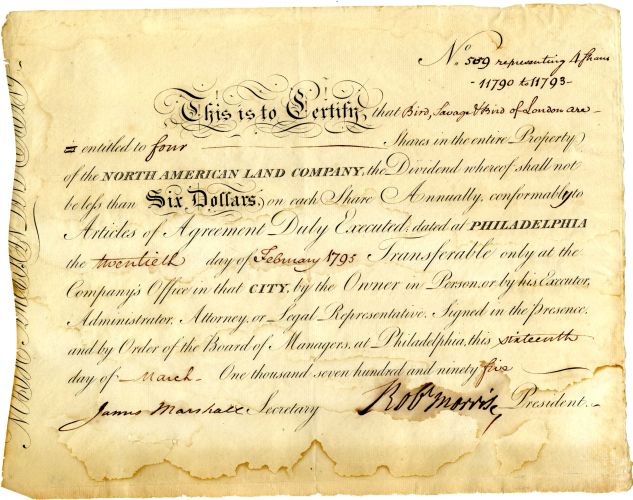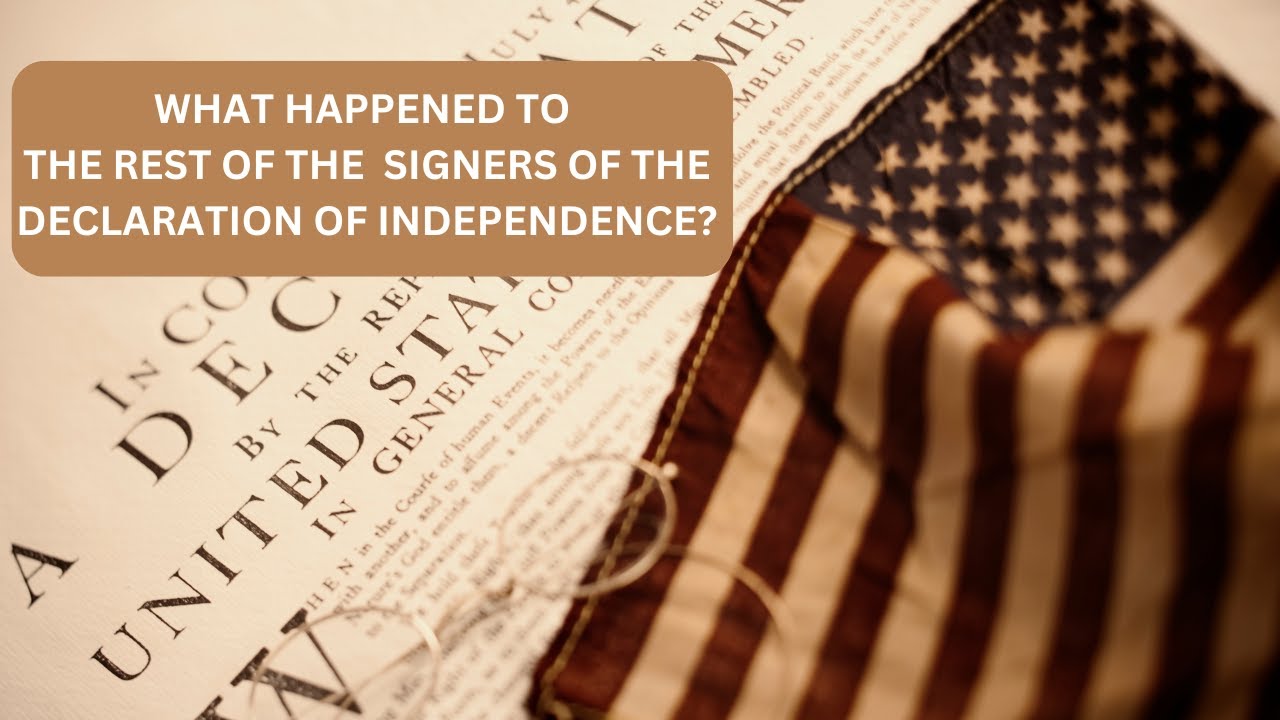The Fates of the Founding Fathers: What Happened to the Signers of the Constitution

The signing of the United States Constitution on September 17, 1787, was a momentous occasion in American history, as it marked the foundation of the federal government and the framework for American democracy. The 55 delegates who attended the Constitutional Convention in Philadelphia represented various states and brought diverse perspectives. Here's a brief overview of what happened to some of the key signers of the Constitution.
Video provided by Les Puryear
1. George Washington: As the President of the Constitutional Convention, Washington played a crucial role in the drafting and signing of the Constitution. He later became the United States' first President from 1789 to 1797, establishing many precedents for the office. After his presidency, he retired to Mount Vernon and passed away in 1799.
2. James Madison: Often referred to as the "Father of the Constitution," Madison was instrumental in drafting and promoting the document through the Federalist Papers. He served as the fourth President of the United States from 1809 to 1817 and is known for his leadership during the War of 1812. He died in 1836.
3. Alexander Hamilton: Hamilton was a strong advocate for a powerful federal government and played a key role in the Federalist Papers. He served as the first Secretary of the Treasury under Washington. Tragically, Hamilton was killed in a duel with Aaron Burr in 1804.
4. Benjamin Franklin: At age 81, Franklin was the oldest signer of the Constitution. He became a prominent figure in American politics and advocacy, notably for the abolition of slavery in his later years. Franklin passed away in 1790.
5. Gouverneur Morris: Morris was responsible for the Constitution's final text and served as a U.S. Senator from New York after it was ratified. He was also involved in various business ventures and diplomacy and lived until 1816.
6. Robert Morris: Robert Morris's contributions as a financial officer during the Revolution were significant, and after the Constitution, he served as a Senator. However, he faced financial ruin in his later years and was imprisoned for debt. He died in 1806.
7. Elbridge Gerry: Gerry is known for the term "gerrymandering," which originated from a district he drew while Governor of Massachusetts. He later became vice president under James Madison and died in 1814.
8. John Rutledge: Rutledge served as the first Chief Justice of the United States, albeit briefly. He faced political challenges and later became Governor of South Carolina. Rutledge died in 1800.
9. Charles Cotesworth Pinckney: He ran for President in 1804 and served in various military and political roles, including as a U.S. diplomat. He died in 1825.
The aftermath of the signing of the Constitution varied significantly for these men, with some enjoying significant political careers while others faced challenges or obscurity. Their contributions continue to shape the political landscape of the United States today.
Sources:
* "Founding Fathers: The Thematic and Conceptual Ideas Influenced the Constitution" by Richard Beeman.
* "The Federalist Papers" by Alexander Hamilton, James Madison, and John Jay.
* "The Constitutional Convention: A New American History" by Michael A. McDonald.
* "Benjamin Franklin: An American Life" by Walter Isaacson.- "James Madison: A Life Reconsidered" by Lynne Cheney.
